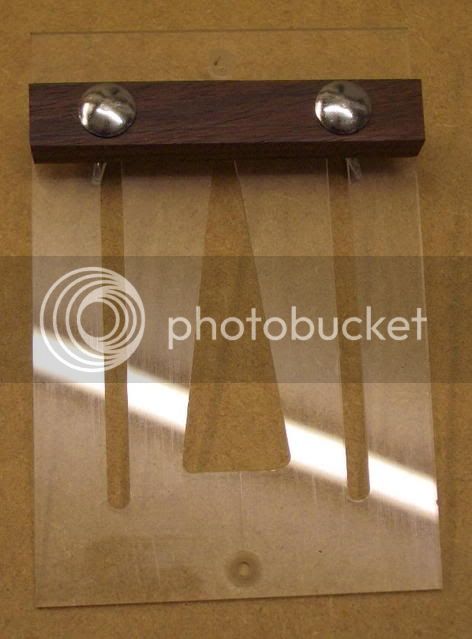caretaker
Established Member
I have a sheet of Perspex, 4ft x 2ft and won't to cut it to 1 x 4 but what tool to use.
I have a band saw table model. May not use this.
I have a jig saw 240v hand held. May use this.
I have a circular hand saw. A bit to powerful.
The jig saw is my first choice, i will clamp it to my bench with a 5ft long peace of wood and get my wife to hold the over hang as i cut/saw it.
Or use a hand saw but the bench may be to high.
I have a band saw table model. May not use this.
I have a jig saw 240v hand held. May use this.
I have a circular hand saw. A bit to powerful.
The jig saw is my first choice, i will clamp it to my bench with a 5ft long peace of wood and get my wife to hold the over hang as i cut/saw it.
Or use a hand saw but the bench may be to high.






